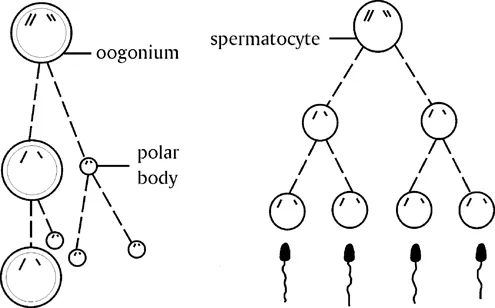
Insect Physiology and Biochemistry
James L. Nation, Sr.
- 564 páginas
- English
- ePUB (apto para móviles)
- Disponible en iOS y Android
Insect Physiology and Biochemistry
James L. Nation, Sr.
Información del libro
Employing the clear, student-friendly style that made previous editions so popular, Insect Physiology and Biochemistry, Fourth Edition presents an engaging and authoritative guide to the latest findings in the dynamic field of insect physiology. The book supplies a comprehensive picture of the current state of the function, development, and reproduction of insects. Expanded and updated, now in full colour, this fourth edition adds three new chapters on the role of the nervous system in behavior; the 'Genomics Revolution' in entomology; and global climate changes which have a major effect on insects, including warming and weather. It continues to challenge conventional entomological wisdom with the latest research and analytical interpretations.
The text will appeal to upper undergraduate and graduate students and to practicing biologists who need to possess a firm knowledge of the broad principles of insect physiology. With detailed full colour illustrations to help explain physiological concepts and important anatomical details, it remains the most easily accessible guide to key concepts in the field.
Preguntas frecuentes
Información
1 Embryogenesis
- A proteinaceous chorion is put on the egg while it is in the ovary.
- Sperm released from the spermatheca of the female enter the egg through the micropyle, a narrow channel through the chorion, as the egg passes down the oviduct.
- Usually, the egg nucleus is diploid until the entry of the sperm stimulates meiotic division leading to the haploid egg nucleus. Union of a sperm nucleus with the egg nucleus produces the zygote and stimulates the zygote to begin divisions.
- Zygotic divisions result in large numbers of nuclei surrounded with a small field of cytoplasm but without cell membranes; these nuclei and cytoplasm migrate into a single layer near the periphery of the egg and form the blastoderm.
- Maternal genes are present and active in the nurse cells of the mother during oogenesis, and they pass maternal gene transcripts (mRNAs, tRNAs, proteins) into the developing oocyte in the ovary.
- Gap genes divide the embryo into large domains; then pair-rule genes divide the domains into parasegments, and finally, segment polarity genes control formation of true segments.
- Homeotic genes function during parasegment formation and give each segment its characteristic identity.
- Drosophila is a model for genetic studies of embryogenesis and offers important insights into the development of higher organisms including humans.
1.1 Introduction
| Developmental Stages during Drosophila Embryogenesis | |||
|---|---|---|---|
| Morphological Events (25°C) | Hoursa | ||
| Stage 1 | 25 minutes | Cleavage divisions 1 and 2 | 0:25 |
| Stage 2 | 40 minutes | Divisions 3-8 occur | 1:05 |
| Stage 3 | 15 minutes | Pole bud formation, division 9 occurs | 1:20 |
| Stage 4 | 50 minutes | Final 4 divisions, syncytial blastoderm formed, stage 4 ends at beginning of cellularization | 2:10 |
| Stage 5 | 40 minutes | Cellularization occurs | 2:50 |
| Stage 6 | 10 minutes | Early stages of gastrulation | 3:00 |
| Stage 7 | 10 minutes | Gastrulation complete | 3:10 |
| Stage 8 | 30 minutes | Formation of amnioproctodeal invagination and rapid germ band elongation | 3:40 |
| Stage 9 | 40 minutes | Transient segmentation of mesodermal layer, stomodeal invagination | 4:20 |
| Stage 10 | 60 minutes | Stomodeum invaginates, germ band growth continues | 5:20 |
| Stage 11 | 120 minutes | Growth stage, no major morphogenetic changes, parasegmental furrows develop | 7:20 |
| Stage 12 | 60 minutes | Germ band shortens | 9:20 |
| Stage 13 | 60 minutes | Germ band shortening complete, head involution begins | 10:20 |
| Stage 14 | 60 minutes | Closure of midgut, dorsal closure | 11:20 |
| Stage 15 | 30 minutes | Gut forms complete tube and encloses yolk sac | 13:00 |
| Stage 16 | 3 hours | Intersegmental grooves evident, shortening of ventral nerve cord | 16:00 |
| Stage 17 | Stage 17 extends to hatching | ||
1.2 Morphogenesis
1.2.1 Egg, Fertilization, and Zygote Formation

